Test System and Methodology
| Test System Specs | ||||
| Mainboard | Gigabyte X670E AORUS Master Bios Version F10a |
|||
| CPU | Ryzen 9 7950X3D | |||
| GPU | Galax GeForce RTX 4060 EX | |||
| NVMe | XPG GAMMIX S50 Lite 1TB | |||
| RAM | XPG Lancer DDR5 (2 x 16GB) 6000MHz | |||
| Power Supply | EVGA SuperNOVA 1000 G7 | |||
| CPU Cooler | NH-D15S chromax.black | |||
| Case | What is under test! | |||
| Ambient Temperature | 25°C ±0.1°C | |||
| Drivers | AMD Chipset: 5.11.02.217 AMD Adrenalin: 24.2.1 NVIDIA: 551.76 |
|||
Noise Damping & Output Measurements Methodology
We use a Class 1 Bruel & Kjaer 2270 G4 sound analyzer equipped with a Type 4955a microphone with a dBA-weighted dynamic range of below 6 dBA and up to 110 dBA. All tests are conducted inside a hemi-anechoic chamber with a noise floor close to 6 dBA and an ambient temperature of 25–28 °C. The test subject is placed a meter from the sound analyzer. Before we start the measurements, we calibrate the sound meter using the Bruel & Kjaer Sound Calibrator Type 4231.
Noise Damping Test Procedure
We place a speaker in the measuring position and measure its intensity at frequencies ranging from 100Hz to 20KHz. We also measure the Chirp signal and pink and White noise. We use the above measurements to reference the speaker’s volume in the open air.
To ensure the same conditions are present in each measurement, we install the chassis vertically in the chamber to the microphone in the intended position. Next, we install the speaker we measured in an open field inside the chassis. We place it close to the side where the microphone points without touching the side panel. At the same time, we pay close attention to having the speaker as close as possible to the chassis floor (see photo below).
Noise Output Test Procedure
We use Corsair’s Commander Pro to control the chassis fans, using custom software that Aris developed. In addition, the Commander Pro is driven by another passively operating system that doesn’t affect the chamber’s noise floor. The software allows for precise fan sped adjustments in both RPM and percentage. Hence, we can set a portion of the speed individually for each fan, e.g., in a fan with a maximum speed of 1000 RPM, if we set the speed at 50%, the fan will rotate at 500 RPM (±1%). We measure the noise the fans produce at 40%, 50%, 60%, 70%, 75%, 80%, 90%, 100% of their maximum speed. Next, we change the fan speed by reversing the measurements’ logic to achieve 35, 30, and 25 dBA noise output. We write down, of course, the corresponding speeds.
The last noise measurement deals with the graphics card. We use a Galax RTX 4060 EX graphics card in all builds. In this test, we activate the system, install it in the chassis, and turn off all the fans except those used by the CPU and GPU cooling systems. We keep the CPU’s fan speed at the lowest setting to not alter the measurements and change the speed of GPU fans to 40%, 50%, 60%, 70%, 75%, 80%, 90%, and 100% while measuring and logging noise output.
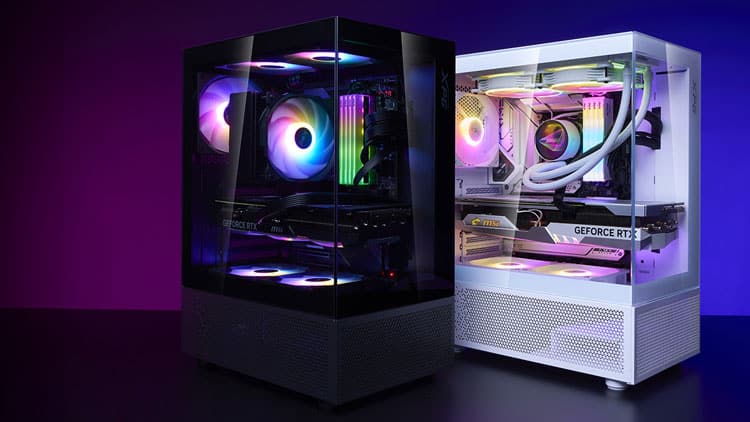
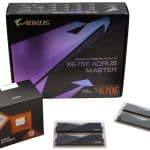
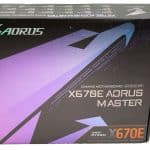
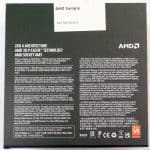
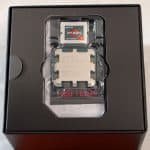

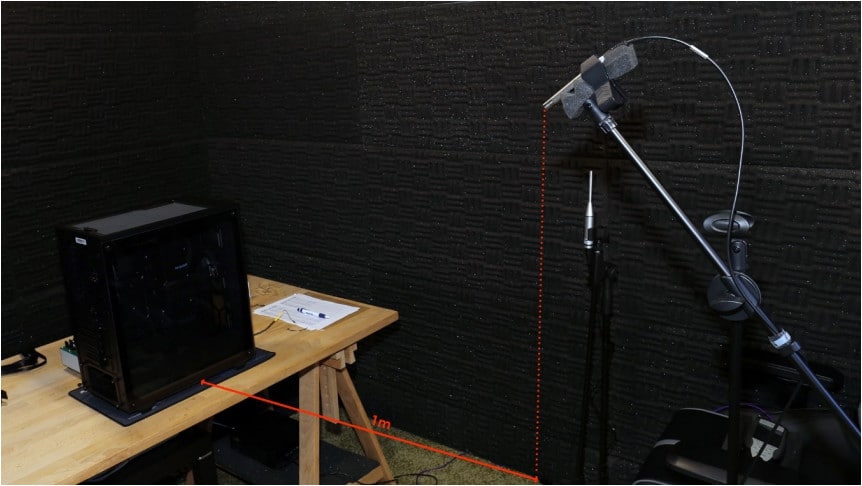
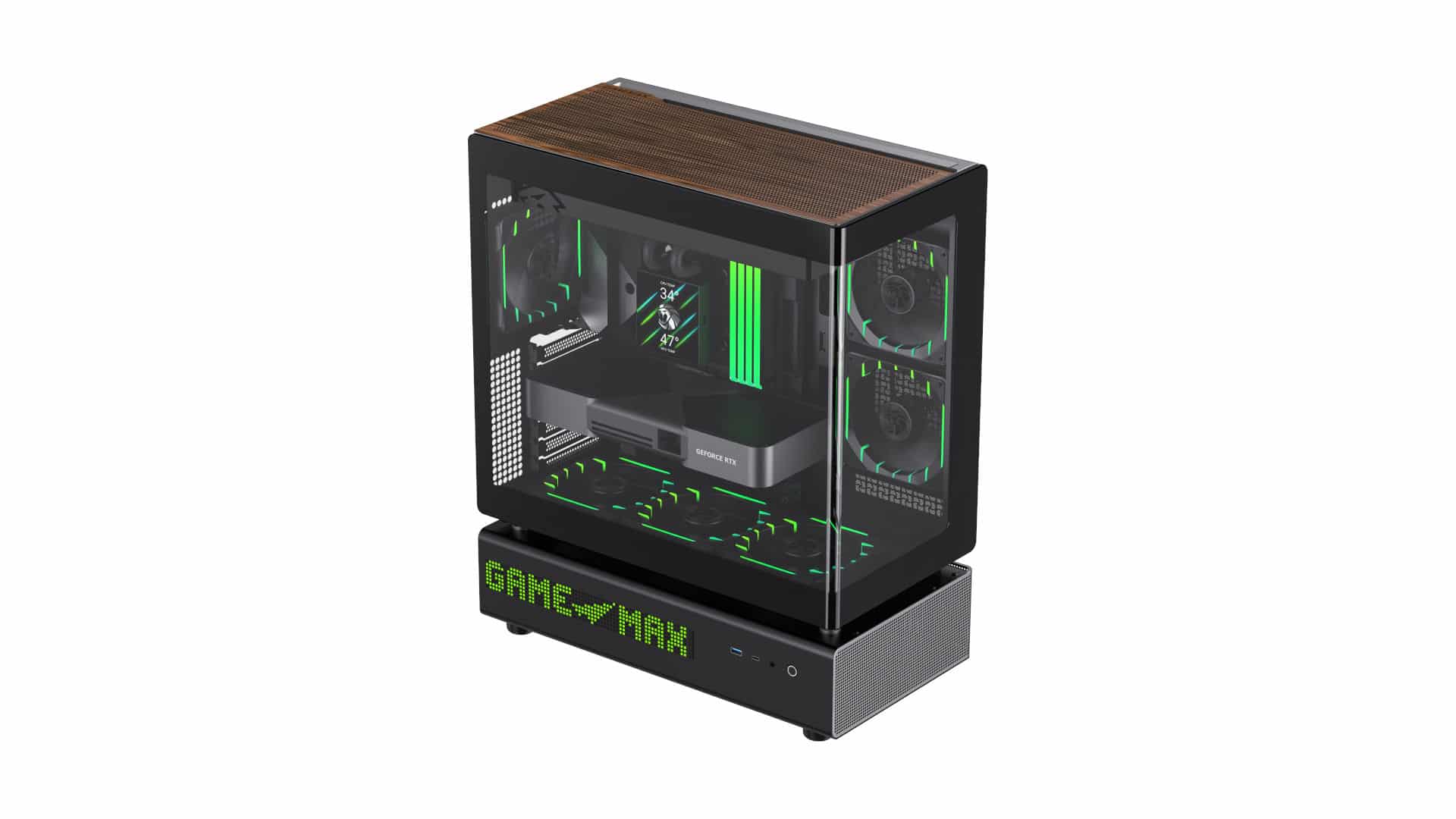

Hi Aris and Mr. Tstamadianos
May I have one request for you, despite your energy efficiency endeavor? 🙏
I would be very happy if you reviewed these 3 PC chassis using the “old” methodology, i.e. with thermals.
—
1) Lian Li Lancool 207
A very affordable case with strong thermal performance (according to other reviews) … and very popular these days.
2) Antec Flux SE
Other reviews are for Pro version only. This one is smaller and has noise dumping material on the side panels, which could be very interesting for your DELTA.
note: Mr. Jack Wu from Antec wrote to me, that this case should be available in Central Europe in March 2025.
3) Cougar MX600 RGB
Another affordable and well-ventilated case and unlike the previous ones, this has all the vents accommodated with dust protection.
In this case I would like to ask you to make, in addition to the stock configuration, a special measurement w/o dust filters and with one fun on the PSU shroud to equalize the contest.
—
Each of the cases has a depth under 50 cm, can accommodate 180 CPU cooler and has good access to cool air for the CPU and GPU, so I assume they would be at the top of your charts.
edit:…with one fan (not fun) on the PSU shroud …of course 😀
We will try to do them although I cannot make any promises because we have so much in other sections this period. GPUs, monitors, TVs and of course above all, Cybenetics 🙂
thank you very much 🙇 …of course, take your time 😉
Will you also evaluate the thermal performance of the last two XPG cases?
…or is there any reason why not? 😛
because we have performed thermal evaluations in more than a dozen chassis so far, consuming tons of energy, only to see minor temperature differences in the CPU, GPU etc. so it doesn’t worth the time, the money and the trouble.
Well, Aris, quite frankly your answer smells a little bit misleading 😉
Obviously (and I am sure you know it :P) the temperature difference is irrelevant when using such a CPU. The same case as when testing the CPU cooler.
For chassis testing, you use R9 X3D CPU with TJmax at 89°C and for CPU testing, you use R9 X CPU with TJmax at 95°C. So, it’s obvious when you torture the CPU that the temperature would sit close to these values, especially at lower noise levels and on AIR cooling.
The difference lies in frequency and wattage as you know.
—-
Temperature difference in chassis rev. at 25dBA is 1.25°C and at max RPM it is 2.55°C
Temperature difference in AIR Cooler rev. on AMD platform at 25dBA is 0.19 °C and at max it is 2.25°C
Frequency difference in chassis rev. at 25dBA is 134.2 MHz and at max RPM it is 109.35 MHz
Frequency difference in AIR Cooler rev. on AMD platform at 25dBA is 162,64 MHz and at max it is 144.3 MHz.
—-
However, if you find it too bothersome, I have one suggestion if you care.
I have 5800X3D and I found out that if the temperature starts to attack 76°C, the CPU frequency starts to decrease gradually. It maintains the same frequency up to this temperature point.
So, for chassis thermal reviews, you can use a much less demanding CPU (let say Ryzen 5 9600 or you can lower the voltage) and you find this point. You can then set the NH-D15 to such RPM (with some margin), that the noise would be low enough to keep the CPU temperature below this point (in room with temperature of let’s say 35°C … like in the hot case). You can then use this fixed RPM for testing. (If the temperature rises above this temperature point, the chasis will be DSQ.)
Similar approach for GPU (undervolt, min freq.=max freq.<<boost, fixed RPM)
And then you can just record temperatures and not worry about frequency or wattage to have less work to do.
But chassis reviews w/o the thermal performance are …
we also measure frequencies, you know that 😉
Do you really believe that for 100 MHz Freq difference and 2-3C degrees is it worth it to fire up a 14kW Climate Chamber and have it running for 6-8 hours? Above all we are an efficiency certifications agency, and we promote energy efficiency in any form. If I felt that thermals are required, I would do conduct them, but I don’t see any real benefit there since whatever we did so far, and you can easily find our results, shows minimal differences, not worthy of the energy required to conduct these measurements.
I got your point,… OK, is valid 😉
I have shown (from your data) a very similar or even worse situation (in case of temps), that can be observed in AIR Cooler reviews on the AMD platform, in the previous post.
Therefore, can we expect Air Cooler reviews to be canceled on the AMD platform? 😛 …
It would be a pity, because I like them. 🙂